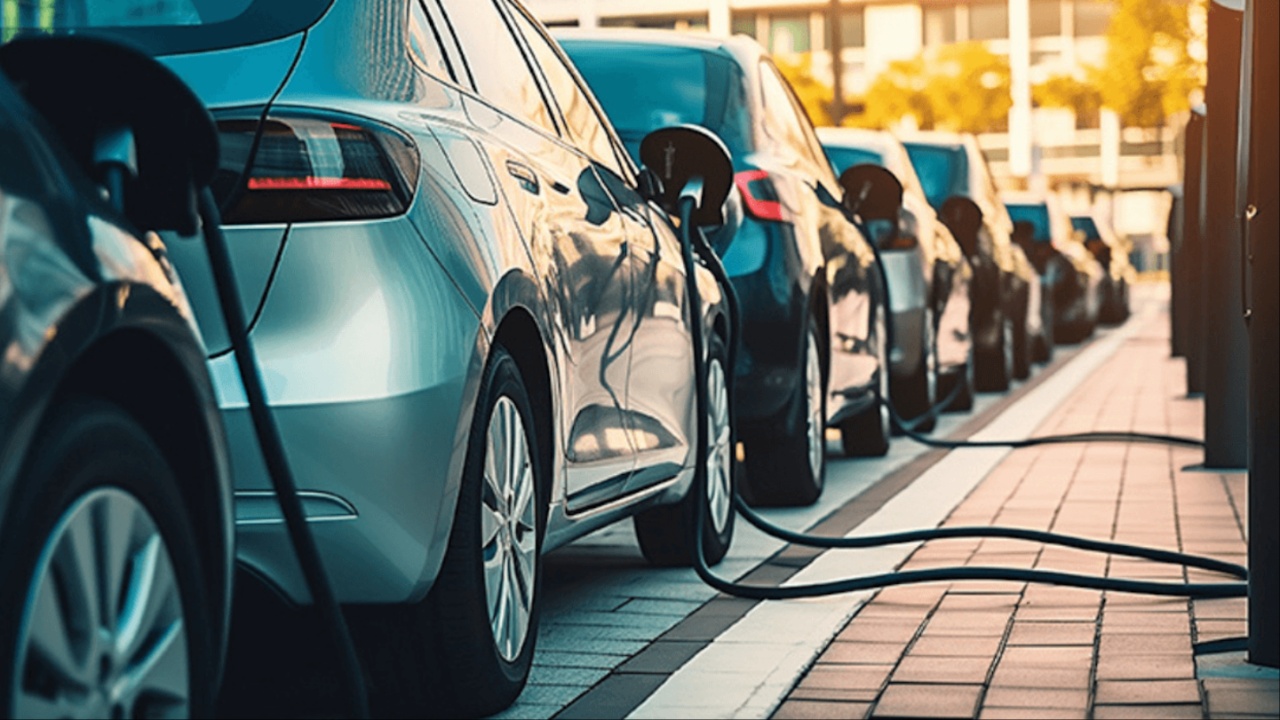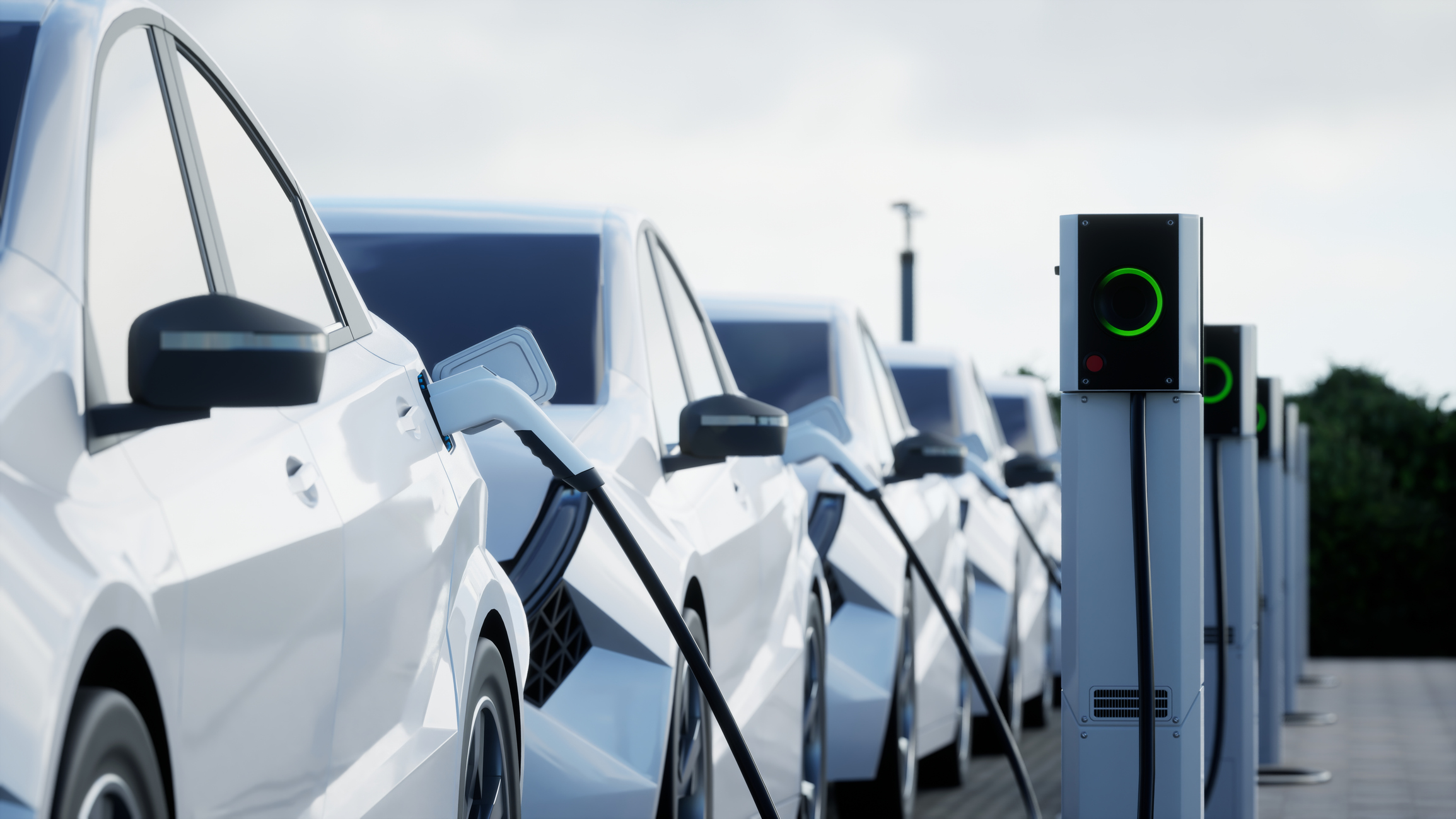A recent report by the Alliance for Automotive Innovation highlights a significant decline in the market share of internal combustion engine (ICE) vehicles during the first half of 2024, with a decrease of 2.3%.
Although ICE vehicles still represent a majority of new car sales, their dominance is waning as consumers increasingly opt for hybrids, plug-in hybrid electric vehicles (PHEVs), and electric vehicles (EVs). The report underscores a broader shift in consumer preferences toward more environmentally friendly and technologically advanced vehicles.
The situation regarding vehicle sales has changed dramatically over the past decade. In 2016, ICE vehicles accounted for approximately 97% of the U.S. car market, but this share has decreased significantly, with ICE sales now constituting about 78% of new car purchases—an 18% decline since before the pandemic.
The rise of hybrids, EVs, and PHEVs has been fueled by a broader range of offerings from manufacturers and the availability of federal and state incentives, making alternative vehicles more accessible to consumers.

Despite the ongoing decline in ICE vehicle market share, the pace of this transition has slowed compared to the rapid changes seen during the pandemic years. Experts suggest that while there is a continued shift toward alternative vehicle types, the transition may not be as rapid moving forward, especially as less tech-savvy consumers enter the market.
Sam Fiorani, a vice president at AutoForecast Solutions, notes that the initial wave of early adopters has begun to plateau, leading to a more gradual increase in EV market share in the coming years.
Consumer sentiment plays a crucial role in this evolving automotive scenario. Many traditional car buyers express frustration at being pushed toward hybrids or EVs due to manufacturers’ shifting strategies.
A case in point is Toyota, which has seen a 5.5% increase in overall sales, with a staggering 58% rise in EV and hybrid sales. Critics argue that Toyota’s reduced ICE offerings effectively compel consumers to choose hybrid options, as seen with models like the latest Camry, which is available only as a hybrid.
The trend indicates that the peak of ICE vehicle sales may be behind us, regardless of whether the shift is driven by consumer demand or manufacturer initiatives. While the growth of the EV market may be stabilizing, it remains evident that ICE vehicles are steadily losing their appeal. As hybrids gain traction and EV technology continues to evolve, the traditional gas-powered vehicle’s future in the automotive market appears increasingly uncertain.

